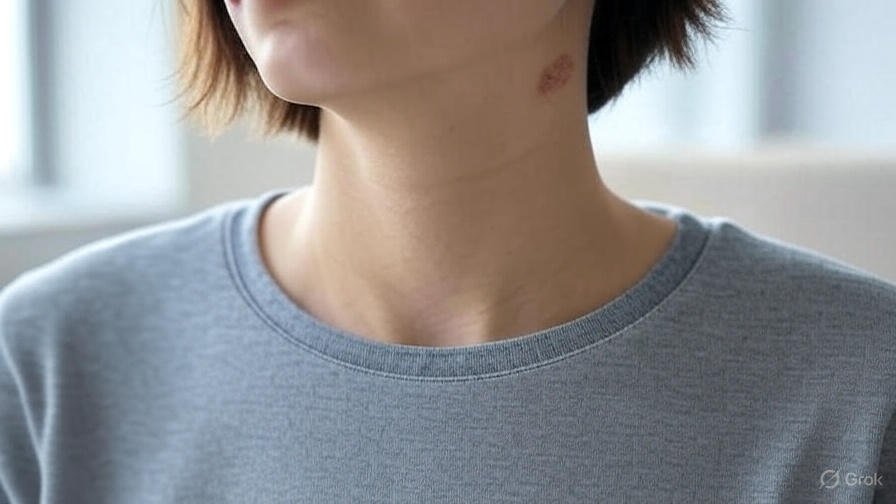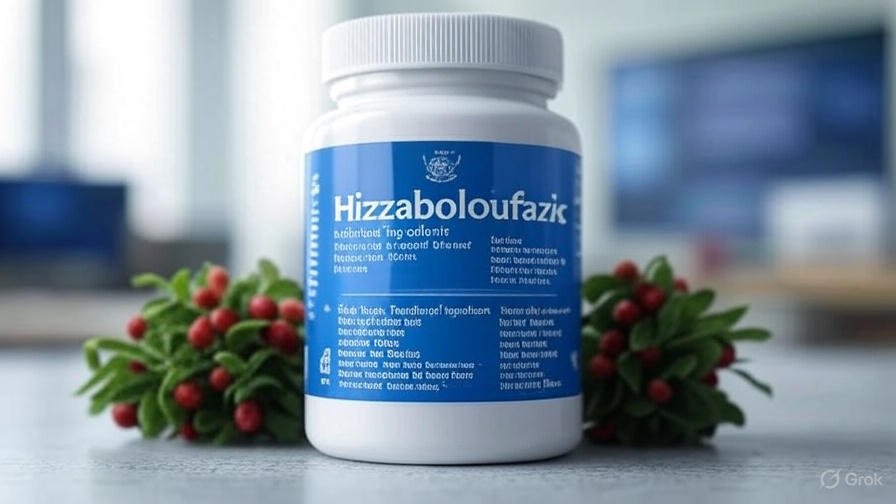Hickeys, commonly known as love bites, are a familiar yet often misunderstood skin mark that many people encounter. A frequent question asked is, how long does a hickey last? This comprehensive news article explores the science behind hickeys, their typical duration, factors influencing healing time, and expert-backed methods to speed up recovery. With insights from dermatologists and the latest research, we aim to provide trustworthy and actionable advice for anyone looking to manage or prevent hickeys.
Understanding Hickeys: What Are They and How Do They Form?
A hickey is a type of bruise caused by suction or gentle biting that ruptures tiny blood vessels (capillaries) under the skin. The blood that escapes these vessels pools beneath the surface, creating the distinctive reddish, purplish, or bluish mark. Dr. Emily Carter, a board-certified dermatologist with over 15 years of experience, explains, “Hickeys are superficial injuries that trigger the body’s natural healing process, but their visibility can cause social or professional discomfort for some individuals.”
The formation of a hickey is a result of localized trauma to the skin, often on sensitive areas like the neck or inner arm. But the pressing question remains: how long does a hickey last, and what can influence its persistence? For more on skin health, visit the American Academy of Dermatology’s skin care guide.
How Long Does a Hickey Last? A Timeline
On average, a hickey lasts between 5 to 12 days, similar to a minor bruise. The body reabsorbs the trapped blood over time, and the mark fades as the skin heals. Here’s a detailed timeline of the healing stages:
- Days 1-2: The hickey appears bright red or purple, sometimes slightly swollen due to fresh blood under the skin.
- Days 3-5: The mark may darken to a deeper purple or blue as the blood begins to break down.
- Days 6-8: The hickey transitions to green or yellow as the body metabolizes hemoglobin in the blood.
- Days 9-12: The mark fades completely, returning to the skin’s natural tone.
However, the duration of a hickey can vary significantly based on individual factors. Let’s examine what influences how long a hickey lasts.
Factors That Affect Hickey Duration
Several variables determine how long a hickey persists on the skin. Understanding these can help you predict healing time and take steps to manage it effectively:
- Skin Type and Thickness: Thinner or more sensitive skin, often found on the neck or chest, may show hickeys more prominently and take longer to heal.
- Location: Areas with less blood flow or thinner skin, like the neck, tend to heal more slowly than thicker-skinned areas like the forearm.
- Intensity of the Hickey: Stronger suction or biting causes deeper bruising, which can extend healing time.
- Health and Circulation: Good blood circulation and a strong immune system can accelerate healing by clearing blood clots more efficiently.
- Age and Lifestyle: Younger individuals typically heal faster due to more active skin repair mechanisms, while smoking or poor diet can slow healing.
Expert Insight: “Maintaining healthy skin through proper hydration, a nutrient-rich diet, and avoiding smoking can significantly reduce how long a hickey lasts,” says Dr. Carter.
Proven Methods to Make a Hickey Fade Faster
While hickeys heal naturally, several evidence-based techniques can help speed up the process and reduce visibility. Here are dermatologist-recommended strategies:
1. Cold Compress for Immediate Relief
Applying a cold compress within the first 24-48 hours can reduce swelling and limit blood spread under the skin. Wrap ice in a clean cloth and apply it for 10-15 minutes, taking breaks to avoid skin irritation.
2. Warm Compress After 48 Hours
After the initial 48 hours, switch to a warm compress to boost blood circulation and help the body reabsorb trapped blood. Use a warm towel or heating pad for 10-15 minutes, 2-3 times daily.
3. Gentle Massage
Massaging the hickey with clean fingers or a soft toothbrush in circular motions can break up blood clots and improve circulation. Be gentle to avoid further skin irritation.
4. Topical Treatments
Creams containing vitamin K, arnica, or aloe vera can reduce bruising and inflammation. Apply as directed, typically 2-3 times daily, for best results. A 2024 study in the Journal of Dermatological Science suggests vitamin K creams may reduce bruise visibility by up to 20% when applied early.
5. Concealing with Makeup
For immediate concealment, use a green-tinted concealer to neutralize redness, followed by a full-coverage foundation and setting powder. This is a temporary solution but effective for professional or social settings.
By combining these methods, you can significantly reduce how long a hickey lasts and minimize its appearance.
Latest Research on Hickey Healing
Recent advancements in dermatology shed light on bruise healing, including hickeys. A 2024 study published in the *Journal of Dermatological Science* found that topical antioxidants, such as vitamin C serums, can reduce oxidative stress in bruised skin, potentially speeding up recovery. Additionally, research on platelet-rich plasma (PRP) therapy suggests it could enhance bruise healing by stimulating platelet activity, though it’s not typically used for hickeys due to cost.
Dr. Sarah Mitchell, a dermatology researcher, notes, “While hickeys are minor, emerging treatments like low-level laser therapy show promise in accelerating bruise resolution, which could apply to hickeys in the future.” These findings highlight the evolving science behind skin healing and offer hope for faster recovery.
Debunking Hickey Myths
Misinformation about hickey removal is widespread. Here are common myths debunked:
- Myth: Toothpaste Erases Hickeys: Toothpaste may cause a cooling sensation, but no evidence supports its effectiveness in healing hickeys.
- Myth: Scratching with a Coin Helps: This method risks skin damage and infection, potentially worsening the hickey’s appearance.
- Myth: Hickeys Cause Permanent Marks: Most hickeys heal completely without scarring, unless the skin is severely traumatized.
When to Seek Medical Attention
While hickeys are generally harmless, consult a healthcare provider if:
- The hickey persists beyond two weeks.
- It becomes painful, swollen, or shows signs of infection (redness, warmth, or pus).
- You experience symptoms like dizziness or fatigue, which could indicate a rare complication, such as a blood clot.
Pro Tip: If you’re prone to bruising easily, discuss this with a doctor to rule out underlying conditions like vitamin deficiencies or clotting disorders.
How to Prevent Hickeys
To avoid wondering how long a hickey lasts, consider these preventive measures:
- Communicate with your partner to avoid excessive suction or biting.
- Choose less sensitive areas, like the shoulder, to minimize visible marks.
- Support skin health with a diet rich in vitamins C and K, found in foods like citrus fruits, leafy greens, and broccoli.
FAQs About Hickeys
Can a hickey cause permanent damage?
Does ice or heat work better for hickeys?
Are hickeys dangerous?
Conclusion
Understanding how long a hickey lasts—typically 5 to 12 days—empowers you to manage its appearance effectively. By leveraging expert-recommended techniques like cold and warm compresses, topical treatments, and proper skincare, you can reduce healing time and visibility. Stay informed with the latest dermatological research, and always prioritize skin health to prevent and treat hickeys effectively.



